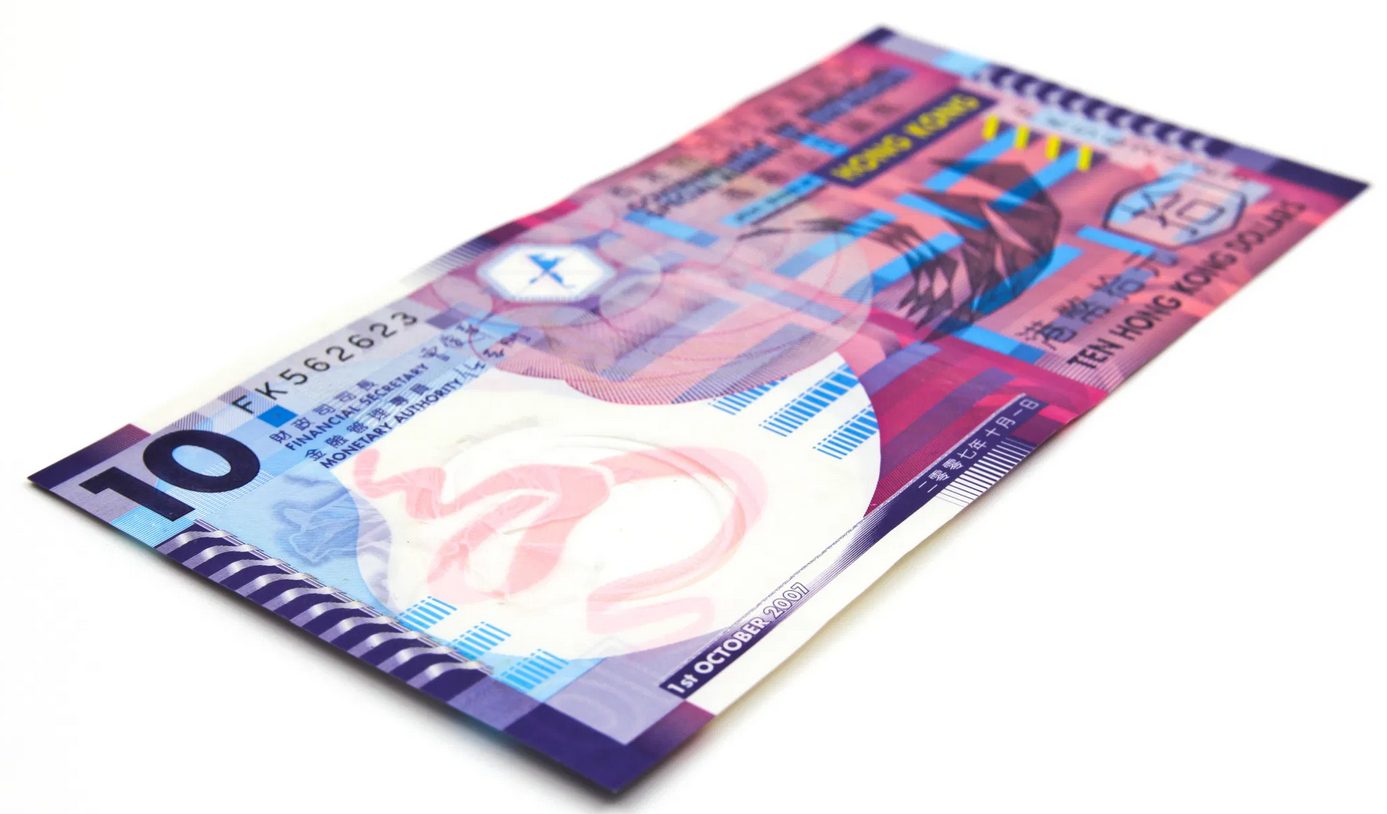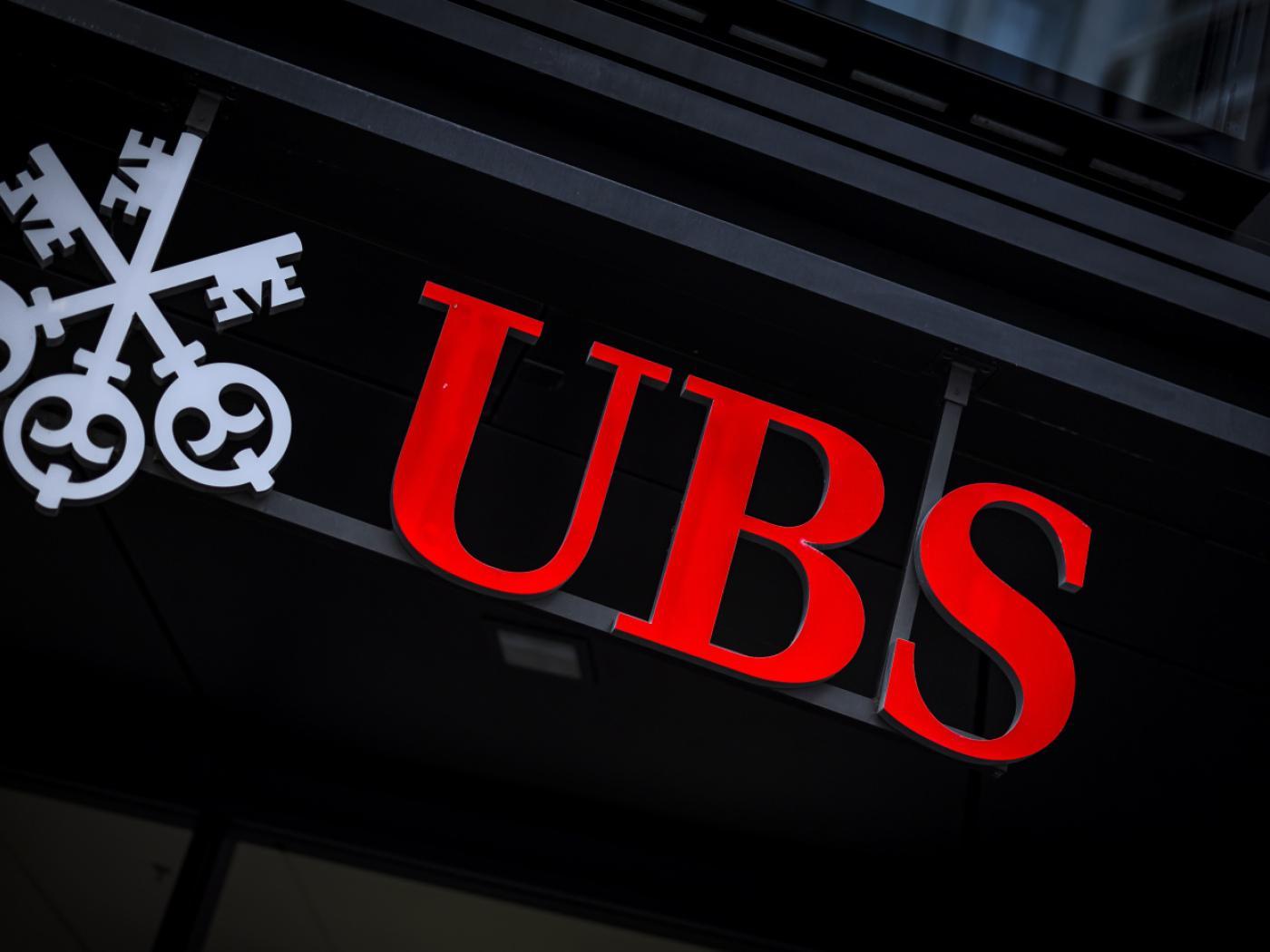
Recent moves by China call into direct question the “one country, two systems” approach. Hong Kong assets have held up surprisingly well but we see turbulence ahead as US-China relations are set to deteriorate further.
POLITICAL OUTLOOK
Legislation was introduced last week that allows Beijing to directly impose a national security law on Hong Kong. Local legislative approval would be circumvented but Chief Executive Lam said Hong Kong authorities would fully cooperate with China to enact the legislation. Protests erupted in Hong Kong over the weekend and are likely to persist. The security law would allow China to directly address political dissent in Hong Kong, something that Lam has been unable to do. Yet this move calls into question the “the one country, two systems” doctrine that has been the bedrock for Hong Kong since the 1997 handover.
Investors have bought into the notion that “one country, two systems” will be maintained until 2047 (see A Brief History Lesson below). Heavy-handed efforts by the mainland to crack down on the Hong Kong protests will directly feed into investor concerns that those two systems will no longer be maintained by China. That in turn will call into question the entire rule of law in Hong Kong. Once lost, trust and credibility may never be regained.
The Chinese government has sought to reassure observers that Hong Kong’s judiciary will remain intact and independent despite the new national security law. We doubt these reassurances will assuage investor concerns in any meaningful way. It’s still hard to see how Hong Kong will maintain its place in the global economic and financial system as a hub or gateway to China going forward.
US-China tensions will continue to rise as a result of Hong Kong. Two US Senators, Van Hollen (D) and Toomey (R) are proposing legislation that would sanction Chinese officials over the Hong Kong issue. Reports suggest the Trump administration is mulling sanctions on officials too as well as on businesses and financial institutions. These moves come just days after another bipartisan bill was introduced that could delist certain Chinese companies from US stock exchanges.
We believe this is the worst state of US-China relations since Tiananmen Square in 1989 and set to get worse. We know President Trump’s strategy ahead of the election is to blame China for the pandemic and we just don’t think President Xi will be his punching bag for much longer. Its Hong Kong move was a somewhat less direct way of asserting itself but China’s ability to strike back at the US more directly should not be underestimated.
HKD PEG BASICS
Under the original peg arrangement, HKD could not trade on the weak side (above) of the 7.8 peg rate but could appreciate without limit to the strong side (below 7.8). It has only been seriously challenged once, during the Asian Crisis that started in 1997. When the crisis deepened in 1998, interbank rates soared as foreign reserves fell, and the domestic monetary base shrank. The HKMA took some unorthodox steps then, such as buying Hong Kong stocks as the Hang Seng plunged. Ultimately, the HKMA prevailed and we would expect similar success if the HKD were to come under sustained pressure again.
The HKMA runs a strict currency board. This means that the entire HKD monetary base must be backed by an equivalent amount (at the official exchange rate) of USD. Currently, foreign reserves are more than twice the monetary base. When run correctly, such a peg cannot be broken. Argentina’s peg was broken because it violated several of the basic tenets of a currency board, including central bank financing of the budget deficit.
A minor adjustment was made in May 2005, when a trading band of 7.75-7.85 was introduced around the peg rate. The Hong Kong Monetary Authority (HKMA) is obliged to buy and sell USD to prevent the HKD from breaching either side of the band. It did not have to do so until April 2018, when USD/HKD first started to bump up against the top (weak end) of the trading band. This is also what happened in the spring of 2019, when USD/HKD again traded at the top of the trading band. In these circumstance, the HKMA was committed to buy HKD and sell USD. When that happened, interbank rates moved higher as liquidity tightened. Yet the mechanics of the peg remained intact. That is, intervention shrank the money supply, which boosted local interest rates and supported HKD.
ECONOMIC OUTLOOK
The Hong Kong economy is in an extended recession. GDP growth is forecast by the IMF to contact -4.8% in 2020 vs. -1.2% in 2019 before growing 3.9% in 2021. GDP contracted -8.9% y/y in Q1, worse than the financial crisis and the third straight y/y contraction. Note GDP has contracted q/q for four straight quarters and the -5.3% q/q reading in Q1 is also worse than anything seen during the financial crisis. Q2 will likely be even worse, with Q3 still to be determined. With a resurgence in protests adding to the headwinds of persistent trade tensions, possible sanctions, and tourism dampened by the pandemic, we see clear downside risks to the growth forecasts. Retail sales by volume contracted -44% y/y in March, slightly better than the -47% y/y (the weakest reading for this cycle) posted in February and likely to worsen further. Elsewhere, exports continue to contract y/y.
Price pressures are easing. CPI rose 1.9% y/y in April, down from the 3.5% peak last August and near the lows for this cycle. The Hong Kong Monetary Authority (HKMA) does not have an explicit inflation target nor does it run an independent monetary policy due to the HKD peg to USD. The HKMA raised the base rate nine times starting December 2015 to take it to 2.75% in December 2018 before cutting it back to 0.5% currently, all in lockstep with the Fed.
Hong Kong commercial banks do not always adjust their Prime Lending rates in response to changes in the Bank Rate. Indeed, the Prime rate has been kept pretty much at the 5% trough by the two largest commercial banks despite the 225 bp of Fed tightening seen since December 2015, followed by the 225 bp of subsequent easing since July 2019. Hong Kong liquidity remains ample, keeping most local interbank rates low. At least for now.
The external accounts remain in good shape. Hong Kong has run a current account surplus since 1998. The IMF expects that surplus to be around 6.0% of GDP in 2020 and 5.0% in 2021. Hong Kong runs a large positive Net International Investment Position (NIIP) that’s over four times GDP. HKMA foreign reserves stood at $441.2 bln in April, just below the record high of $448.4 bln in July 2019. Clearly, Hong Kong has very low external vulnerability across virtually all metrics. This supports our view that any selling pressures on HKD are unlikely to break the peg.
INVESTMENT OUTLOOK
Rising political risk has seen USD/HKD move off the strong end of the 7.75-7.85 trading band. Last week, the pair traded at the highest level since April 9 but has since moved lower and remains below the midpoint of the band. With tensions still rising, we expect this pair to move into the weak end of the band. Indeed, if sentiment sours enough, the HKMA is likely to be tested at the weak end of the band in the coming weeks. While we expect the peg to hold, a run on the HKD would very destabilizing to the economy as a protracted defense would see local interest rates spike.
Hong Kong equities are underperforming within MSCI World. In 2019, MSCI Hong Kong was up 7.9% and compared to 25.8% for MSCI World. So far this year, MSCI Hong Kong is -18.7% and compares to -10.1% YTD for MSCI World. This underperformance should continue, as our DM Equity model has Hong Kong at an UNDERWEIGHT position. Any pressure on the HKD peg would be negative for Hong Kong stocks, as interest rates would surely spike.
Hong Kong bonds are outperforming within DM. The yield on 10-year local currency government bonds is -117 bp YTD. This is behind only the best performers Iceland (-143 bp) and the US (-122 bp). If pressure builds on HKD, then we see upward pressure on Hong Kong rates that should lead to bonds underperforming in the coming weeks.
Our latest DM sovereign ratings model update saw Hong Kong’s implied rating drop down to AA/Aa2/AA. This puts it close to actual ratings of AA+/Aa3/AA- and so we see no ratings implications yet. Further erosion of local autonomy could be the trigger for downgrades in the coming months, however. S&P downgraded Hong Kong from AAA to AA+ back in September 2017. Moody’s rating peaked at Aa1 back in 2010 but has since been cut twice (May 2017 and January 2020) to stand at Aa3 now. Fitch’s rating peaked at AA+ back in 2010 but has since been cut twice (September 2019 and April 2020) to stand at AA- now.
A BRIEF HISTORY LESSON
The UK gained control of parts of Hong Kong via three treaties with China. Because these agreements were signed under duress, China came to call them the “unequal treaties.” In 1842, the Treaty of Nanking ended the First Opium War and ceded control of Hong Kong to Queen Victoria. In 1860, the Convention of Peking ended the Second Opium War and ceded control of Kowloon to the UK was well. Lastly, China’s defeat in the First Sino-Japanese War gave the UK to squeeze further concessions with the Second Convention of Peking in 1898. This leased the New Territories to the British for 99 years.
After China gained a seat at the United Nations in 1971, it embarked on the long and winding road of regaining sovereignty over Hong Kong and Macao. No progress was really seen until 1979, when then-Governor of Hong Kong Murray MacLehose traveled to Beijing to discuss Hong Kong’s status with then-leader Deng Xiaoping. In 1982, former Prime Minister Heath was asked by Prime Minister Thatcher to meet with Deng. It was then that Deng first outlined his plan to make Hong Kong a special economic zone that would retain its capitalist system. Thus, the notion of “one country, two systems” was born.
Thatcher visited China in October 1982 to meet with Deng. The UK was pushing to maintain its presence in Hong Kong. On the other hand, China was taking a hard line, refusing not only to extend the 99-year lease but also refusing to recognize the so-called “unequal treaties” that had ceded Hong Kong and Kowloon sovereignty to the UK.
By all accounts, these talks were testy. It is said that Deng even hinted at the possibility of taking Hong Kong by force. Thatcher then traveled to Hong Kong, becoming the first Prime Minister to visit the colony whilst in office. She stressed that all three treaties were valid and must be respected. At around the same time, the National People’s Congress was in session and passed the Article 31 amendment that allowed for the establishment of Special Administrative Regions (SARs) when necessary.
Markets began to take notice of the difficult situation. The Hang Seng Index fell over 60% from its July 1981 peak to its October 1983 trough. With HKD freely floating then, it weakened from around 5 per USD in early 1981 to almost 9 per USD in September 1983 before the peg was introduced in October 1983.
By late 1983, the UK had backed away from its intent to administer Hong Kong after 1997. This led to the signing of the Sino-British Joint Declaration in May 1985. China would regain sovereignty over Hong Kong, Kowloon, and the New Territories effective July 1, 1997. In return, China pledged to maintain “one country, two systems” for a period of 50 years until 2047. This was enshrined in the so-called Basic Law that effectively served as Hong Kong’s de facto constitution. Until now.
Full story here Are you the author? Previous post See more for Next postTags: Daily News,developed markets,Emerging Markets,newsletter


























